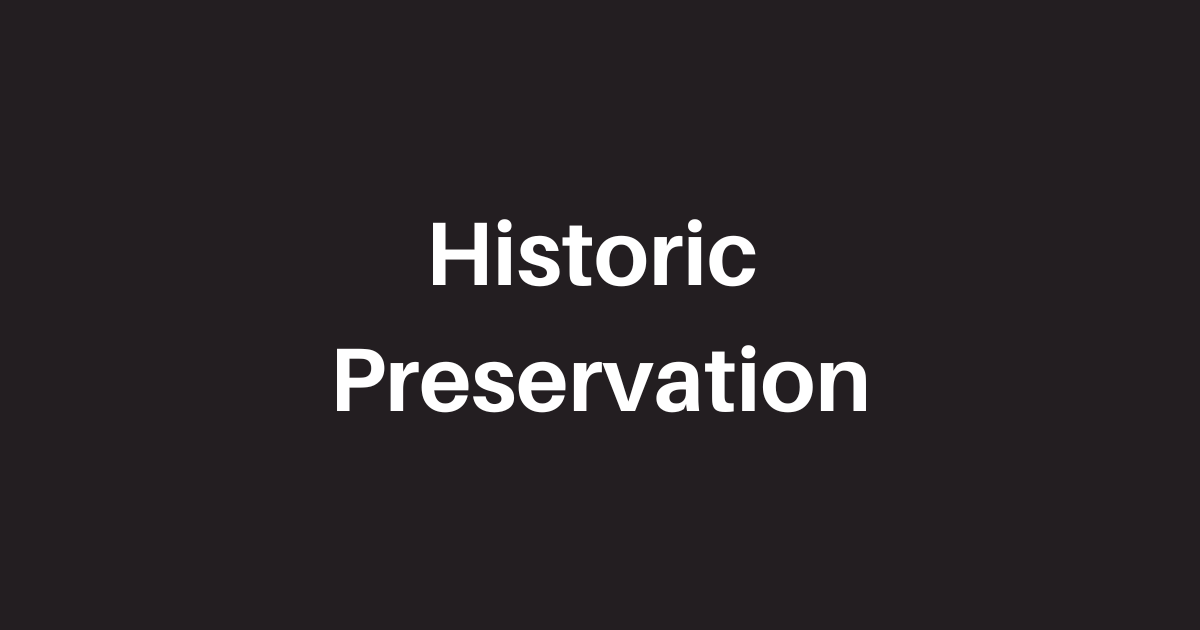Historic preservation and green building go hand in hand

Historic restoration projects can be successfully completed using sustainable design principles. In fact, we would argue that green building practices are not only possible with historic restoration projects; they are naturally compatible and just make good sense.
Keep in mind, most historic structures were originally built using sustainable practices. Buildings were often constructed of locally obtained materials and designers employed other “passive” strategies such as roof overhangs, natural ventilation provided by operable windows, and the use of natural materials for building components. Since sustainability is inherent in the design and execution of many historic buildings, it is easy to argue for the continuation of this practice when planning an historic restoration project.
We offer thought leadership to owners of historically significant buildings, proposing economical, historically appropriate green building strategies which combine environmentally friendly solutions from the past with cutting-edge green technologies of today.
In the renovation and restoration of an 1899 Chicago brick and limestone mansion, we employed green strategies including reusing original materials, utilizing energy efficient systems and components, and integrating environmentally preferable and sustainable building materials into the existing structure. Magnificent original details and materials were preserved and restored, including quarter sawn white oak wood work, plaster cove moldings, and beveled art glass windows. All strategies were compatible with the Secretary of the Interior’s Standards for the Treatment of Historic Properties and the building owners received a long-term tax increase limitation as a result.


 © The Photographic Artwork of Jacob T. VanVooren
© The Photographic Artwork of Jacob T. VanVooren